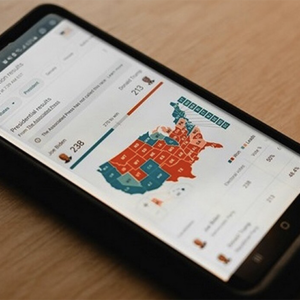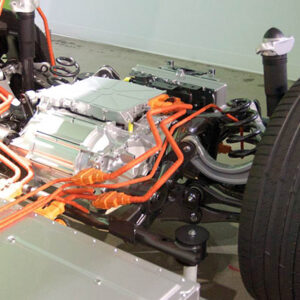
There has been a major need for critical battery minerals, and a company named Impossible Metals has discovered that it’s possible to practice sustainable ocean mining using a selective robot miner. This robot is called the Eureka 1, and it’s the world’s first undersea selective mining robot.
The oceans floors are covered with tons of stones that contain a variety of metals, otherwise called polymetallic nodules. And what Impossible Metals has been able to show is that you can actually harvest these nodules using these specialized robots, rather than having to turn over the seafloors with giant plows, destroying the otherwise untouched ocean grounds.
These nodules on the ocean floor tend to be full of nickel, lithium and cobalt, and they provide battery manufacturers with a more sustainable way to supply much needed carbon, rather than forcing companies to do carbon-intensive mining. Moreover, this type of mining will also lessen the issues that arise when pursuing minerals from unstable states or countries with conflict zones.
According to Chief Sustainability Officer and Co-founder of Impossible Metals, Renee Grogan, “Our harvesting machines don’t touch the seafloor. What we’re designing is a fleet of underwater robotic vehicles. And they are not tethered to the vessel. They don’t make contact with the seabed. They hover above it.”
As the robot hovers over a section of the sea, the AI-powered computer will be able to decipher the nodules form other matter in the sand. Afterwards, it commands the horseshoe crab-like grabber arms below the robot to pick them up, pushing them up through a hose into the collection chamber of the machine.
The Eureka 1 dove 25 feet below the oceans waters in November and managed to do its job successfully. It was able to differentiate the nodules from the rocks, while also using a special buoyancy compensation engine to get them back up to the water’s surface.
As for the company’s CEO & Co-founder Oliver Gunasekara, “This shallow water milestone demonstrates progression of our principles of avoiding serious harm to the seabed by replacing dredging technology with an alternative that prevents biodiversity loss and large sediment plumes.”
The hope is that by the year 2026, the Eureka 1 machine will be ramped able to handle a much bigger production.
See more about this amazing machine in the video below:
What are your thoughts? Please comment below and share this news!
True Activist / Report a typo


